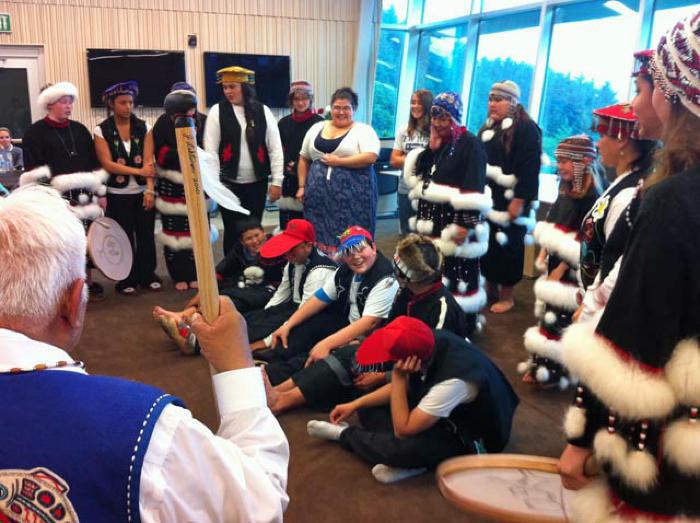Louse — Neresta

Historic accounts indicate that lice were a constant plague in Native communities. These small, rapidly reproducing parasites were hard to eradicate, as people lived in tight quarters where they passed easily from one person to the next. Moreover, people wore heavy fur and bird skin clothing where vermin could hide, and some communities had limited water for washing. Many loads of furs harvested in Alaska arrived in Europe infested with lice.
Lice are tiny wingless parasites that feed off small amounts of blood. Their bites can be very itchy, and itching louse bites often leads to skin infections. The journals of Russian traders in Alaska report that itch and skin ulcers were common maladies, found on almost everyone.
To get relief from lice, Alaska Natives washed, picked them off, and sometimes turned their clothing inside out. In the coldest regions of Alaska–people took their clothes off at night and left them outside to freeze–which killed the lice. A good shake in the morning and one’s clothes were vermin free.
A traditional Alutiiq song, sung by many dancer groups today, pokes fun at lice and reminds people how hard it can be to kill them–even with water and steam. The song describes a louse taking a steam bath, showing off in the heat, and singing his own little song!
